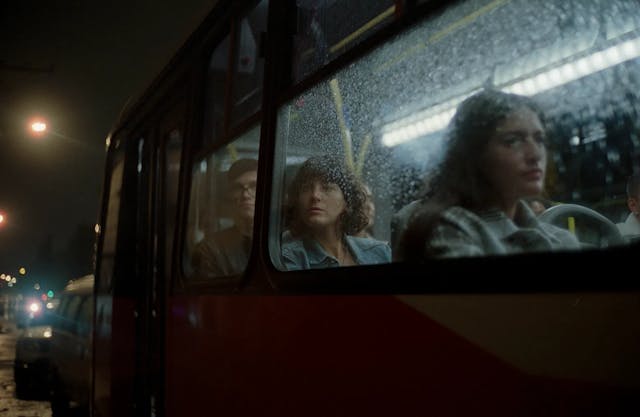
Indie movies Director Laura Baumeister studied at Centro de Capacitación Cinematográfica (CCC) in Mexico City. With more than six award-winning short films under her direction, Laura has now completed her first feature film La hija de todas las rabias / Daughter of rage, which will premiere at film festivals The Toronto International Film Festival, followed by a European Premier at the San Sebastian International Film Festival.
In this interview, Laura Baumeister shares her creative process and the challenges of directing her short film Ombligo de Agua which you can stream now on Popflick.
Interview With Indie Movies Director Laura Baumeister
How did you start in the cinematographic world?
I started in adolescence when I was invited to participate in a video art workshop. There, I discovered how much I like to tell stories, and since then, I haven’t been able to stop. I started professionally when I studied film production in Mexico, where I trained practically and theoretically, but the restlessness, and the creative seed came with me.
What inspired you to make this short film?
A series of personal experiences that I experienced growing up in Nicaragua. I’m part of a cross-border generation -that's what I like to call it- because we had our first seven years in a "revolutionary" scheme and the next 7 in a "globalized" scheme. You see, Freud says that the cycles are marked in seven periods. In this case, they were very antagonistic, contradictory, and incoherent periods, from my point of view, which generated many gaps and much nonsense that later in late adolescence found an outlet through drugs.
What is your creative process?
I work a lot through images. I love the power they have to evoke things. So, I almost always start with an idea that I'm passionate about, one that I can't stop thinking about literally- and immediately try to feed it with a visual and musical universe, a bank of inspiration to return to when the road gets heavy or uncertain. Once I have this, I like to start telling the story and see what reactions and impressions it generates, and I almost always do this in parallel with the writing process.
What are some of the considerations with the collaborative nature of film production?
Correct, filmmaking is collaborative by nature; I would dare say that it is the artform that is mostly nurtured by this condition. Having said that, I see collaboration as a very organic process, instinctive and loyal. In my mind, I see an image or a herd; I like to think that everyone on my team functions as a flock, each with an important role inside of the organic function of a team. I alone cannot function without the rest of the herd and vice-versa. As a result, one of the considerations would be to treat your team as if they were an extension of yourself; for any cinematography project that you are working on not only will it need you as a director, you will always need a team. You must inspire them, care for them, and nurture this connection to the point of -continuing with my analogy- moving the herd over the field in perfect synchronization, with the trust that each is complemented in the search for a common goal.

What was the hardest artistic choice you made in making this film at any stage in production?
The hardest decision was to remove a specific reference to a specific person in Nicaraguan revolutionary history. I did this because I understood that I could make certain people vulnerable with that act.
Want to get an email when we publish new content?
Subscribe today



























